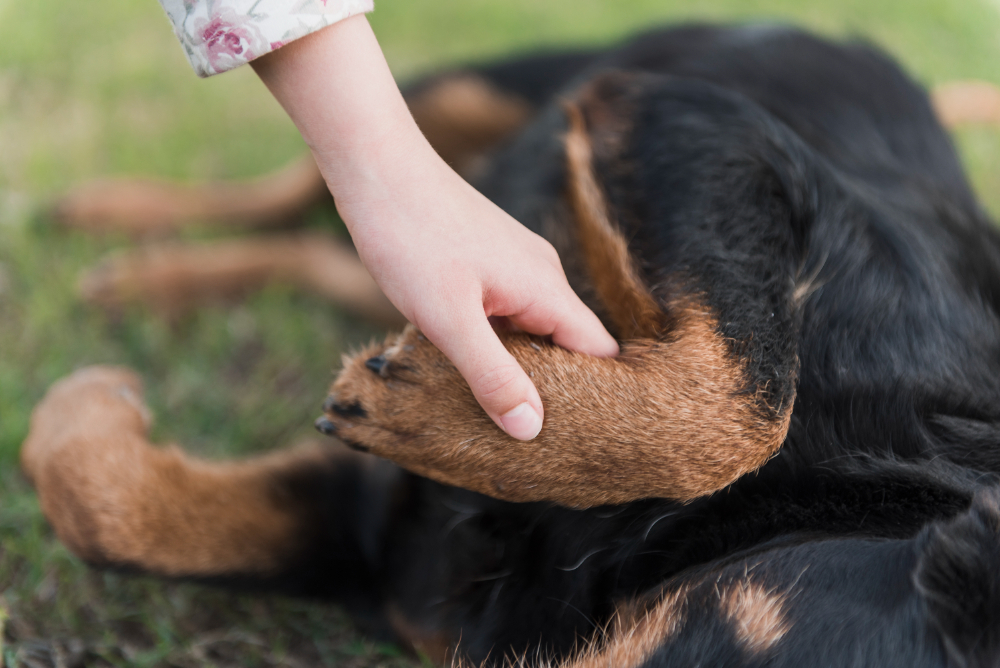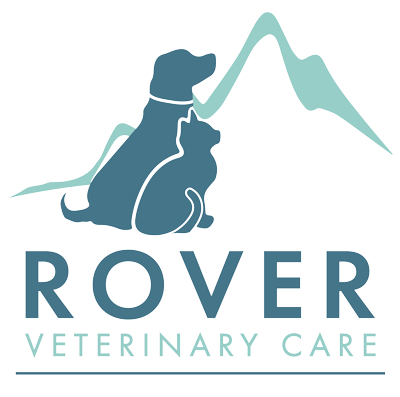How to Identify a Dog Cancer Lump and When to Seek Help

How to Identify a Dog Cancer Lump and When to Seek Help

Dogs are beloved companions who bring joy, loyalty, and unconditional love to our lives. That’s why noticing a change in their health can be so worrying. One concern many pet owners face is identifying a potential cancer lump on their dog and determining what steps to take next.
This post will guide you through what to look for, how to monitor lumps, when to seek a veterinarian's expertise, and how to make compassionate decisions about your pet’s quality of life—including considering in-home euthanasia in Reno, NV.
What Causes Lumps on Dogs?
Not all lumps on a dog mean cancer. Dogs can develop lumps for a variety of reasons, some harmless and others more serious. The common causes include:
- Lipomas: These are benign, fatty tumors often found in older dogs. They are soft, movable under the skin, and generally harmless.
- Cysts: Fluid-filled sacs that may come and go, sometimes caused by clogged oil glands or infections.
- Abscesses: These are swollen, painful areas filled with pus, often arising from infections or injuries, and they require prompt treatment.
- Cancerous Tumors: Malignant growths that can spread to other parts of the body. These should be closely monitored and treated by a vet.
Understanding the nature of lumps can alleviate your anxiety and help determine the urgency of veterinary care.
Signs That a Dog Lump May Be Cancerous
While some tumors are benign, others may indicate serious issues. Here are signs to watch for that may point to a cancerous lump on your dog:
- Rapid Growth: A lump that increases in size quickly warrants immediate veterinary attention.
- Irregular Texture or Shape: Cancerous lumps are often hard, irregular, and immovable, unlike soft, fatty lipomas.
- Ulceration or Oozing: Tumors that break open, bleed, or discharge fluid can be highly suspicious of malignancy.
- Discomfort or Pain: If the lump is causing your dog obvious pain or discomfort, it should be evaluated.
- Weight Loss or Lethargy: A lump accompanied by changes in your dog’s overall health, such as decreased energy and appetite, could be a sign of systemic illness.
Regularly inspect your dog’s body during grooming or petting sessions for any new or concerning lumps.
How to Monitor Lumps on Your Dog
If you discover a lump, here’s how you can track it before heading to the vet:
- Use the “Lump Log” Method: Write down the size, location, texture, and any changes in the lump over time.
- Take Photos for Comparison: Photograph the lump weekly to document changes in its appearance, size, or shape.
- Track Your Dog’s Behavior: Watch for symptoms like reduced appetite, sluggishness, or changes in your dog’s mood.
This information will be useful during a vet consultation to help diagnose the lump and decide on the next steps.
The Importance of Early Diagnosis
Catching cancer early can significantly increase treatment success rates. Your veterinarian may perform diagnostic procedures, such as fine-needle aspiration, biopsy, or imaging (x-rays or ultrasounds), to determine the type of lump and decide whether treatment is necessary.
For cancerous lumps, treatment options include surgery, chemotherapy, radiation, or palliative care aimed at managing your dog’s comfort.
Considering Quality of Life for Your Dog
If your dog is diagnosed with cancer, it’s important to assess their quality of life as the disease progresses. Factors to consider include their ability to eat, drink, move, and enjoy activities they once loved.
While some aggressive treatments may prolong life, they can also come with significant side effects that impact your dog’s happiness. At some point, it may become necessary to think about making compassionate decisions to reduce their pain and suffering.
For pet owners in Reno, NV, Rover Veterinary Care offers professional in-home euthanasia services. This peaceful, familiar option allows your dog to remain in the comfort of their home and be surrounded by loved ones in their last moments.
Benefits of In-Home Euthanasia
For pet owners considering in-home euthanasia in Reno, NV, here’s why it might be the most compassionate choice for your dog when the time comes:
- Comfortable Environment: Your dog can stay in a familiar space, reducing the stress often associated with vet clinics.
- Support for Family Members: Being at home allows the whole family to participate in the final goodbye in a private setting.
- Personalized Care: A veterinarian will guide you through every step of the process with empathy and care for your dog’s dignity.
If you’d like more information about in-home euthanasia services, contact Rover Veterinary Care to discuss your pet’s needs and options.
When to Consider Seeking Help
Spotting a lump can be alarming, but you don’t need to face it alone. Take these steps to ensure your dog receives the care they deserve.
- If the lump is growing quickly, changing texture, or causing pain, book a veterinary visit immediately. Early detection and intervention are key.
- For cancer diagnoses, work with your vet to explore treatment options and weigh the benefits of each.
- Evaluate your dog's quality of life regularly. When mobility, appetite, or happiness decline significantly, it may be time to explore compassionate options like in-home euthanasia.
Contact Rover Veterinary Care for Compassionate Support
At Rover Veterinary Care, we understand how difficult it can be to face health challenges with your dog. That’s why we specialize in providing in-home euthanasia services for pet owners in Reno, NV.
If you’re considering this option or need guidance, our caring team is here to help you every step of the way. Contact us to learn more or to schedule a consultation.
